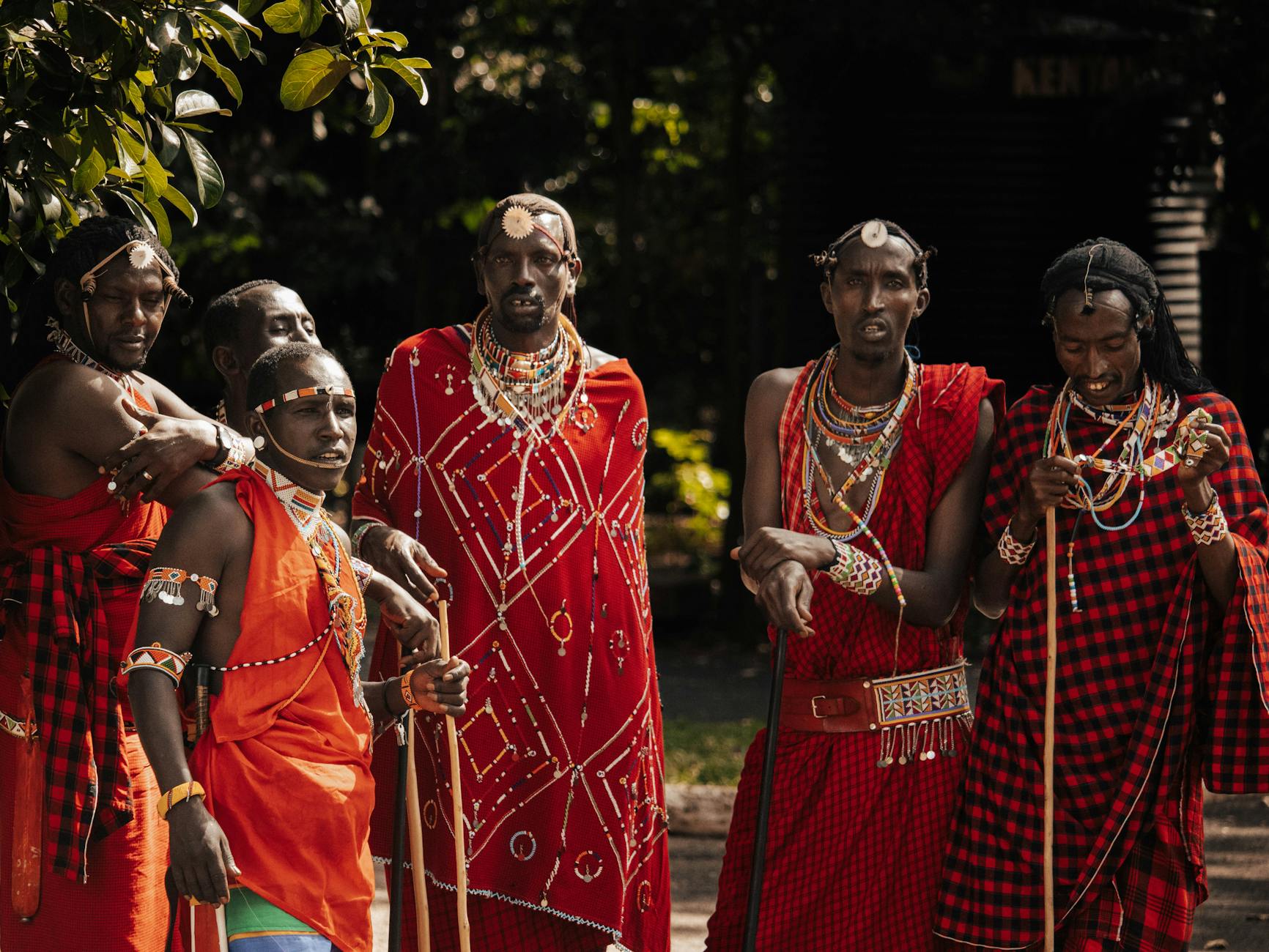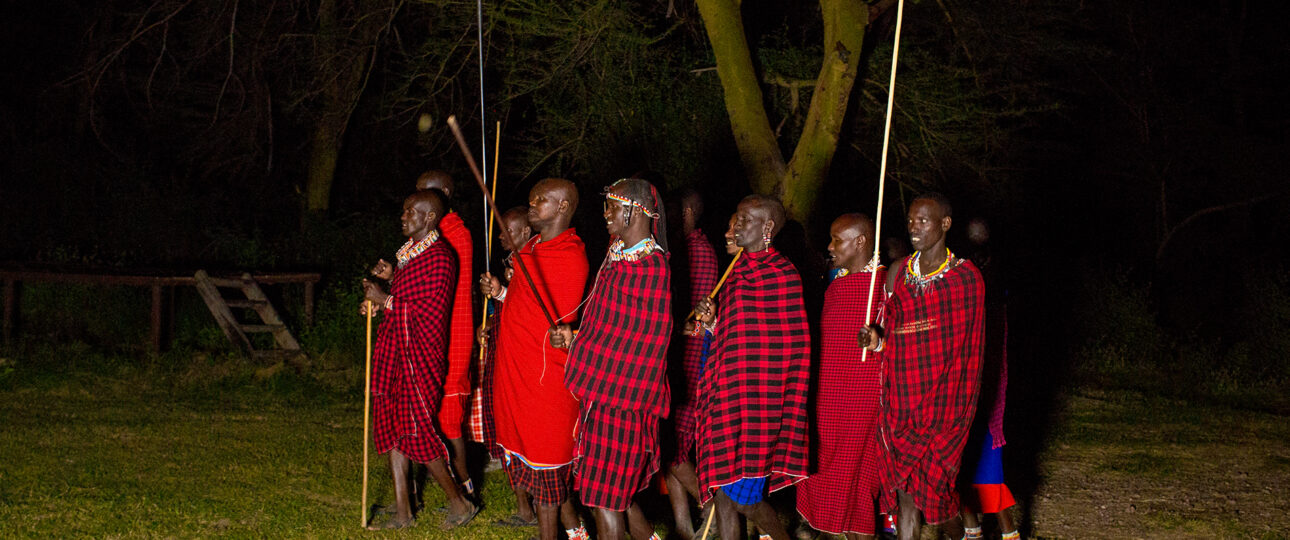Kenya’s Cultural Treasures
Exploring Tribes, Traditions, and Festivals
From the windswept savannah to the Indian Ocean shores, Kenya dazzles with its cultural richness. Over 40 tribes, each with its own dialect, traditions, and rituals, contribute to a unique social tapestry. This vibrant mix shapes not just national identity but the scenes and sounds that draw travelers from every continent. Whether it’s the pulse of drumbeats at a Maasai ceremony or the scent of spiced coastal dishes, Kenya’s living heritage is woven into daily life, public celebrations, and the stories passed down through generations.
Kenya’s Major Tribes and Living Traditions
Kenyan society stems from three main ethno-linguistic roots: Bantu, Nilotic, and Cushite groups. Each has shaped the nation’s culture, values, and way of life.
Bantu tribes make up the largest population and are known for farming and community-based living. Signature groups include the Kikuyu and Luhya.
Nilotic tribes like the Maasai and Luo, traditionally pastoralists or fishers, are famous for their colorful rituals and oral traditions.
Cushites such as the Somali and Borana, found mostly in arid northern Kenya, have a rich heritage of storytelling, beadwork, and horsemanship.
Tribal languages, customary dress, and ceremonies remain vital, celebrating everything from harvests to rites of passage. Most Kenyans still honor elders, observe kinship bonds, and celebrate milestones with music or feasts. These customs, reinforced by community pride, bridge generations and link tradition to progress.
Maasai: Guardians of Pastoral Heritage
 Photo by MC G’Zay
Photo by MC G’Zay
The Maasai are a symbol of Kenya abroad, but their influence runs much deeper. This Nilotic community maintains a semi-nomadic life based on cattle herding, seen as both currency and symbol of status. Their flowing red shukas, ornate bead jewelry, and intricate hairstyles set them apart.
Rites such as Eunoto (male coming-of-age) involve months of ritual dances, storytelling, and feasting. The adumu, or jumping dance, is a striking show of vigor and unity. Maasai women create world-renowned beadwork, each color and pattern an emblem of tradition or marital status. Despite modern pressures, Maasai villages keep these customs alive, offering cultural immersions for visitors interested in authentic experiences.
Kikuyu, Luhya, and Luo: Social Organization and Custom
The Kikuyu, Kenya’s largest group, historically thrived near Mount Kenya. Farming is their backbone, and traditions once favored matriarchal lineage—unusual in East Africa. Kikuyu ceremonies, like circumcision, focus on age and respect, with elaborate songs and body painting marking each stage of life.
Luhya communities in western Kenya are renowned for their drum-led Ingoma dances and vibrant storytelling sessions. Music runs through every celebration, from harvests to weddings, reinforcing family ties and sharing communal joy.
The Luo, famed for their fishing heritage, hold rituals by Lake Victoria, blending waterside cleansing with communal storytelling. The nyatiti, an eight-stringed lyre, echoes through their gatherings, keeping oral histories alive.
Coastal Swahili and Mijikenda: Blending Africa, Arabia, and Asia
Life along Kenya’s coast has long been cosmopolitan, shaped by centuries of contact with Arab and Asian traders. The Swahili people—named after the Arabic word for “coast”—embody this blend. Swahili culture, rooted in Islam, is marked by coral stone architecture, intricately carved doors, and poetic Kiswahili language.
Coastal dishes feature spices, coconut, and fresh seafood. Mijikenda communities, with their sacred Kaya forests and fortified villages, add to the region’s heritage, celebrating rituals tied to seasons and the sea.
Celebrating Culture: Traditions, Festivals, and Artistic Expression
Annual festivals and daily arts breathe new life into Kenya’s cultural heritage. Regional events draw crowds with spectacle, song, and shared cuisine. Each celebration is both a window into Kenya’s past and a snapshot of its creative present.
Kenya’s 2025 festival scene pulses with energy: the National Music and Cultural Festival in Eldoret gathers over 50 groups for song, dance, and drama, affirming national unity through diversity. The Lamu Cultural Festival brings together dhow sailors, poets, and artisans to honor a legacy built on the tides of trade and the poetry of the Swahili soul.
Turkana, Maasai, and Pokomo Ceremonies
The windswept north hosts the Turkana Cultural Festival, with vibrant costumes, camel races, and displays of Turkana beadwork and woodcarving. Rites like the Maasai Eunoto ceremony are dazzling—adorned warriors leap, elders dispense wisdom, and the whole community joins in chant and feasting.
The Pokomo of Tana River, meanwhile, mark seasons with river-centered rituals. Their festivals link songs, canoes, and intricate body painting, celebrating the lifeblood of their watery home.
Lamu and Coastal Festivals: Maritime and Swahili Legacy
Lamu town, a UNESCO site, transforms for its annual festival each November. Dhow races paint the horizon, while henna artists and Swahili chefs fill winding alleys with art and aromas. Visitors watch donkey races, try their hand at bao, and savor the voices of poets reciting age-old stanzas.
These events not only preserve old customs—they spark new connections between locals and visitors, young and old.
Arts, Music, Dance, and Cuisine
Kenya’s creative spirit runs from village workshops to city stages. Beadwork and wood carvings tell ancestral stories. Drum circles and dance troupes turn every gathering into a rhythmic celebration.
Music reflects Kenya’s diversity: from the syncopated beats of Luhya and Kamba songs to soulful Swahili taarab and Luo benga jams. Contemporary artists now mix hip hop with folk tunes, finding new roots in old soil.
Local food unites at every table: ugali (cornmeal porridge), nyama choma (grilled meat), and spicy coastal curries entice both residents and visitors. Shared meals are often paired with song or tales, making every bite part of a story.
Kenya’s Living Heritage: Preserving the Flame
Kenya’s cultural treasures aren’t relics, but living flames passed down every day. From intricate beadwork to the swirl of festival dance, these traditions fuel community pride and national unity. Whether witnessed at a lakeside moon ceremony or through the thrum of a Swahili drum, culture here invites participation.
Visiting Kenya’s tribal lands or joining in festivals gives travelers a rare chance to engage, learn, and celebrate. For Kenyans, honoring these customs preserves more than identity—it keeps spirit and community strong. Each dance, dish, and song is a reminder: in Kenya, tradition isn’t just history, it’s heartbeat.
“The person, be it gentleman or lady, who has not pleasure in a good novel, must be intolerably stupid.”
Abraham Maslow

3 Comments
This is exactly what i was looking for, thank you so much for these tutorials
It would be great to try this theme for my businesses
What a nice article. It keeps me reading more and more!